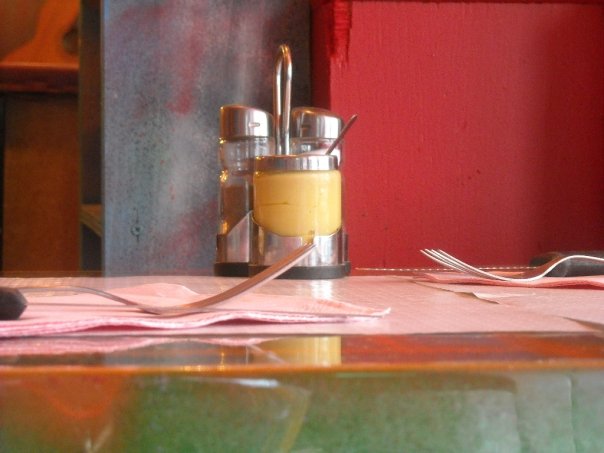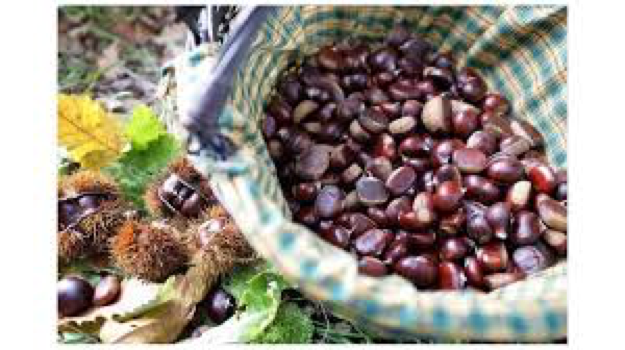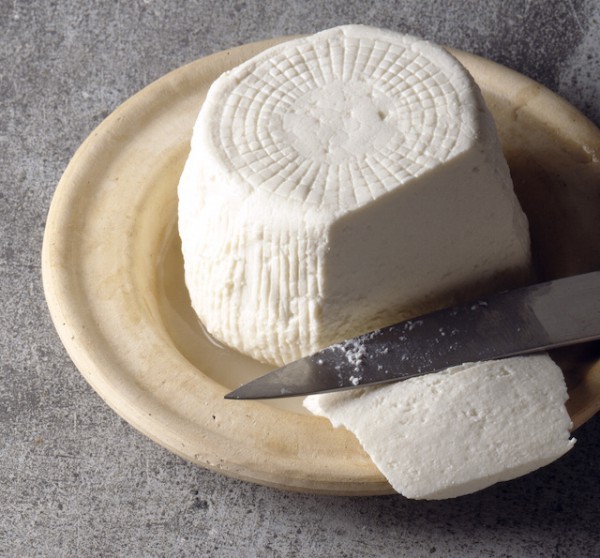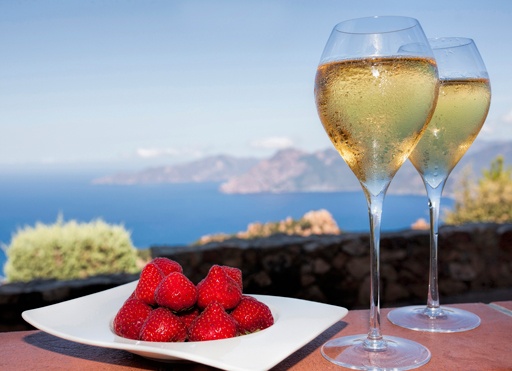Corsican Foodie Notes
Corsican Foodie Notes


Corsica is a gastronomical tour de force! Its cuisine is heavily based on the traditional products of the island. An Italian—especially Tuscan and Genovese—influene is very evident, perhaps even more so than French influences. In common with their Sardinian neighbors, Corsicans tended to live in the hilly interior of the island, largely as protection from seafaring invaders. Like the Sardinians, they herded sheep, grew vegetables and sought out a precarious existence. Read on to learn more about this unique fusion cuisine.
It may seem strange, but the traditional diet of Corsicans until the twentieth century did not revolve around fish. You’ll find many pasta and gnocchi dishes, which are as good as any you’ll find in Italy. Corsican soups are also very similar to their Italian cousins. Zuppa corsa is the island’s take on Italian minestrone. The islanders typically have a Mediterranean diet rich in vegetables, such as zucchini, artichokes, onions, eggplant and leeks. Corsican olive oil, which is used abundantly in cooking, is of the finest quality, and wine has been produced in Corsica since ancient times. It was often used to wash down the chestnut bread or roasted chestnuts, which helped fill Corsican stomaches until well into the twentieth century.
CHESTNUT HAVEN
These days, the chestnut remains a key ingredient in Corsican cooking. No longer is it regarded as a cheap alternative to cereals like wheat and rye, but rather as the magical, yet humble starting point for many delicious Corsican dishes. Corsican chestnuts are incredibly tasty when roasted and the chestnut flour that is made in the traditional way of grinding chestnuts that have been dried above a fire has a uniquely smoky flavor. You’ll find chestnuts and chestnut flour in many savory dishes as well as in cakes and desserts. But perhaps the most genuine way to savor the nutty taste of this incredibly versatile ingredient is by trying the ever-so-simple polenta (or pulenta) made from chestnut flour, water and a pinch of salt. If you have a sweet tooth, we recommend the equally simple castagnacciu (in Italy, it’s called castagnaccio), which is made of nothing but chestnut flour, raisins and walnuts or pine nuts. Corsica also produces a chestnut beer, which has been brewed since 2006 by the Pietra Brewery.

CHEESE
Corsica’s cheese-making traditions are ancient. All the island’s traditional cheeses are made with goats’ or sheep’s milk, as the island’s terrain is unsuited for creating the pastures needed to maintain large herds of cows. Brocciu is a delicate whey cheese, which is similar in texture to Italian ricotta. It can be eaten fresh or seasoned and is as common an ingredient in Corsican cooking as chestnuts. We like minestra di brocciu seccu (a hearty soup made with seasoned brocciu) and sardines stuffed with brocciu. Other cheeses worth trying are niulincu, balaninu, sartinesu and cuscionu.
You may have heard of a Sardinian delicacy called casu marzu, a cheese made on the Italian island which is consumed in a state of fermentation so advanced that it’s teaming with live fly larvae. Well, Corsica boasts its own version of this culinary delight called casgiu merzu – if you’re brave enough, you can try both on your trip.

CORSICAN MEATS
The most widely eaten meats in Corsica are lamb and pork. The animals are bred locally and their meat has a tastiness that derives from natural diets and stress-free lives—Corsican pigs are almost wild! They live most of their lives in the open air and feed mainly on chestnuts. For much of the time they are allowed to forage in the woods. It’s hardly surprising that Corsican ham (prisutto), bacon (panzetta) and sausage varieties (such as figatella or capicollu) have flavors that recall the Corsican landscape. Roast or stewed lamb and kid are very popular. Corsicans claim the fullsome flavor of the dishes is due to the herb-rich diets of the animals who graze on the island’s shrub lands.
You’ll also come across a wide variety of pâtés made from pork liver, wild boar and game (such as thrush and blackbird—yes, we’re sorry!).
Although fish wasn’t a main component of peasants’ diets in the past, present-day Corsica has made up for lost time and boasts many delicious fish dishes that are unique to the island. Try the yummy fish soups, made from sea fish (Azziminu di Capicorsu) or river fish (Azziminu di Corte) and the eels from the large lagoons along the east coast, which are usually roasted (anguilla arustita) or stewed (tianu d’anguilla).

WINE
Wine making in Corsica has a long, and at times, troubling history. The Greeks introduced vines to the island and by the time of the Renaissance, the island was famous throughout Europe for its top-quality wines. A disastrous political decision in the 1960s caused immense damage to the Corsican wine industry. The French government resettled wine producing colonists from Algeria on the island, which resulted in massive overproduction. The problem wasn’t solved until the 1990s after many vines were uprooted. Today, Corsica’s wines are once again internationally acclaimed (eight of them, to be exact), which are produced with at least 50% of traditional Corsican grapes. They’ve also been awarded the AOC denomination.
